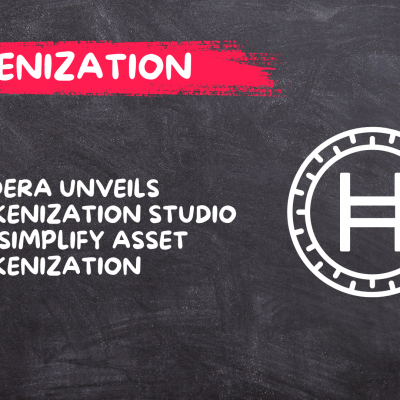At the moment, there is little to no reason for oil prices to rebound. This week saw OPEC’s decision not to cut production and Saudi Arabia returning as a leader in supplying the market with more crude oil.
Oil fell for the first time in a week since Russia invaded Ukraine, kicking off one of the most unsettled and turbulent times in the market’s history. This week, New York futures fell 5.5 percent, while Brent crude fell 4.6 percent. The international benchmark, in particular, finished at $112 per barrel, down $30 from its Monday high of almost $140.
A flood of information and news, including a US embargo on Russian crude imports and the United Kingdom’s delayed phase-out of them, caused market prices to whipsaw quickly and violently throughout the five days.

The majority of the industry is already avoiding and prohibiting Russian oil. There were no purchasers in a recent sale for oil from the nation’s Far East, demonstrating its pariah status. In this environment, nuclear discussions have come to a halt, extending the absence of Iranian barrels in a market in severe need of more supply.
Tariq Zahir, managing member of Tyche Capital Advisors LLC’s global macro program, stated:
“Volatility will not go away any time soon.” Due to a tight market and geopolitical threats, $10-$15 rises may happen in the blink of an eye.”
The war’s repercussions are already being felt throughout commodities markets, from wheat to vital fuels like diesel and gasoline. Growing inflationary pressures throughout the world are forcing banks to consider a period of monetary tightening that might stifle the recovery.
In particular, Rystad Energy AS has forecasted that Brent might hit $240 per barrel this summer if countries continue to prohibit Russian oil imports, while Goldman Sachs has said that demand destruction is the only way to keep high prices in check.
Standard Chartered Plc’s head of commodities research, Paul Horsnell, stated:
“Extreme intraday volatility may indicate a number of factors, including the degree of uncertainty, the kind of news flow, spillover from certain chaotic spot markets, and very low liquidity levels at times.”
Increased sanctions on Russia have raised concerns that the lack of the country’s 5 million barrels of oil shipments would further strain an already tight oil market. Despite this, OPEC has maintained that there is no shortage and has increased production by 400,000 barrels per day.
- Brent futures for May settlement rose $3.34 to $112.67 per barrel.
- In New York, West Texas Intermediate (WTI) climbed $3.31 to $109.33 per barrel.

As traders flee risk, open interest in the key oil futures contracts has plunged to a 6-year low in recent days. Volatility has skyrocketed, and exchange margins have risen, thereby boosting the cost of buying and selling. This week, Brent reached a high of $139.13 a barrel and a low of $105.60.
The United Arab Emirates called on OPEC+ to raise production more quickly on March 9, however the country’s energy minister afterwards attempted to moderate that message. The cartel, which includes Russia as a major member, has so far rejected consumer demands to pump more, claiming that the price increase is due to geopolitical concerns rather than a supply constraint.




